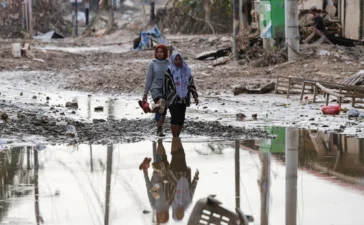Pennsylvania’s share of settlements with opioid manufacturers and from retailers like CVS and Walgreens is huge.
The state will receive more than $2 billion. It’s the kind of significant outlay that hasn’t been seen since the tobacco settlement of 1998. The money will roll in over 18 years and be distributed to let the state, counties and municipalities battle the epidemic of opioid addiction.
It’s a terrible disease that can get bogged down in anger and disappointment with the victims, who can be seen as bringing it on themselves, despite the large number of people who became addicted to legally obtained pharmaceuticals prescribed for legitimate injuries. The number of opioid overdose deaths since 1999 has passed 1 million nationwide.
But blaming the addicts isn’t productive. It also ignores the most vulnerable victims of the epidemic — children.
TribLive’s research points to more than just the children living in homes where addiction is a reality. It shows the ones who are dying there.
Babies are not seeking out drugs on street corners. Toddlers are not going to the emergency room to try to score a new prescription. These youngest victims of opioids are encountering drugs through contact in their homes — a pill on the carpet or fentanyl on the coffee table.
That is where the state needs to come in and where some of the opioid settlement money might be best used.
“There is no question that we are not on top of this thing,” said state Sen. Jim Brewster, D-McKeesport.
While the best way to save the lives of children living with addiction is to treat the addicted, there must be additional attention paid to the critical needs of children living with addicted family members and the unique dangers that exist there.
That is not to say that parents struggling with addiction should lose their children. People like Jillian Hauser show that family can be an important part of recovery. Indeed, additional programs to protect children while supporting parents in treatment would be helpful.
The opioid money could be seen like so many grants or windfalls that government agencies might receive. They are often duct tape to help fix another problem, like the American Rescue Plan Act funds that were meant for big picture investments and have found their way into bridging budget gaps.
Pennsylvania should take this opportunity to not just change the lives of those living with addiction, but find a way to save the lives of the children caught up in it.













